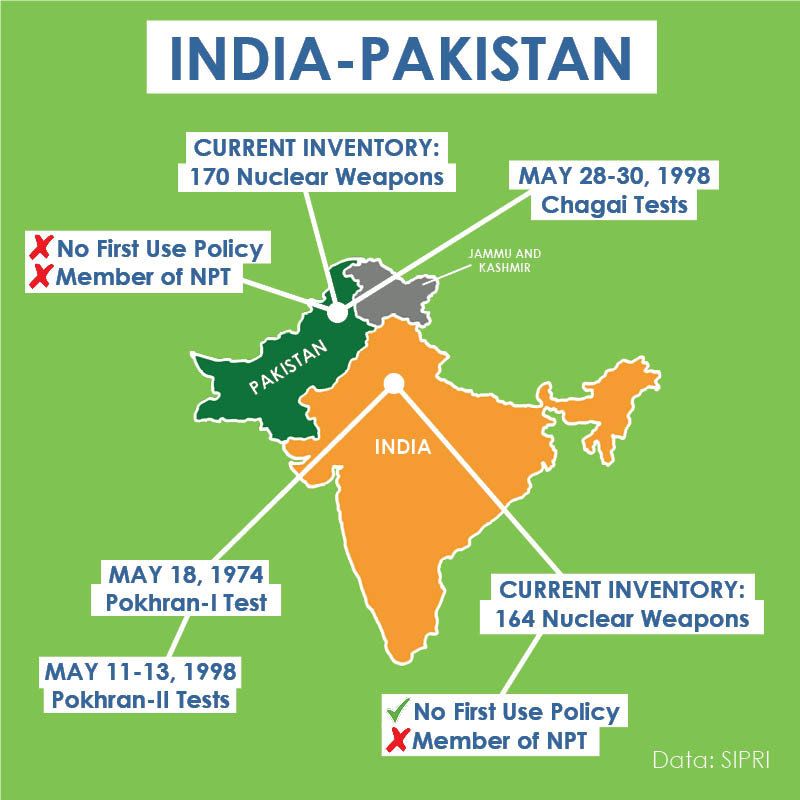
The history between India and Pakistan, both nuclear powers, is inextricably linked. Since gaining independence from Great Britain in 1947, the countries have engaged in multiple wars, primarily over the disputed Kashmir region. India and Pakistan both became nuclear powers, with India in 1974 and Pakistan in 1998.
Although neither country has used nuclear weapons in conflict, experts remain concerned about the potential escalation of the crisis beyond conventional weapons use. India possesses approximately 164 nuclear warheads and has a variety of delivery systems. While India had declared a No First Use policy, there are indications of reconsideration as of August 2019.
Pakistan, on the other hand, has around 170 warheads, exceeding earlier projections. The country emphasizes smaller tactical nuclear weapons as a deterrent to India’s conventional military superiority. The lack of a No First Use policy from Pakistan raises additional concerns about the potential for nuclear conflict.
The consequences of a nuclear exchange between India and Pakistan are dire, with estimates suggesting the potential death of millions within a week and risks of a nuclear winter that could threaten billions more. Recent developments, such as India’s successful anti-satellite weapon test, add further complexity to the security dynamics in South Asia.
For more insights on the evolving situation between India and Pakistan, stay tuned to the Center for Arms Control and Non-Proliferation.
Attribution:
This article was summarized and republished from the original source.
Please check the original article here: https://armscontrolcenter.org/countries/india-and-pakistan/.